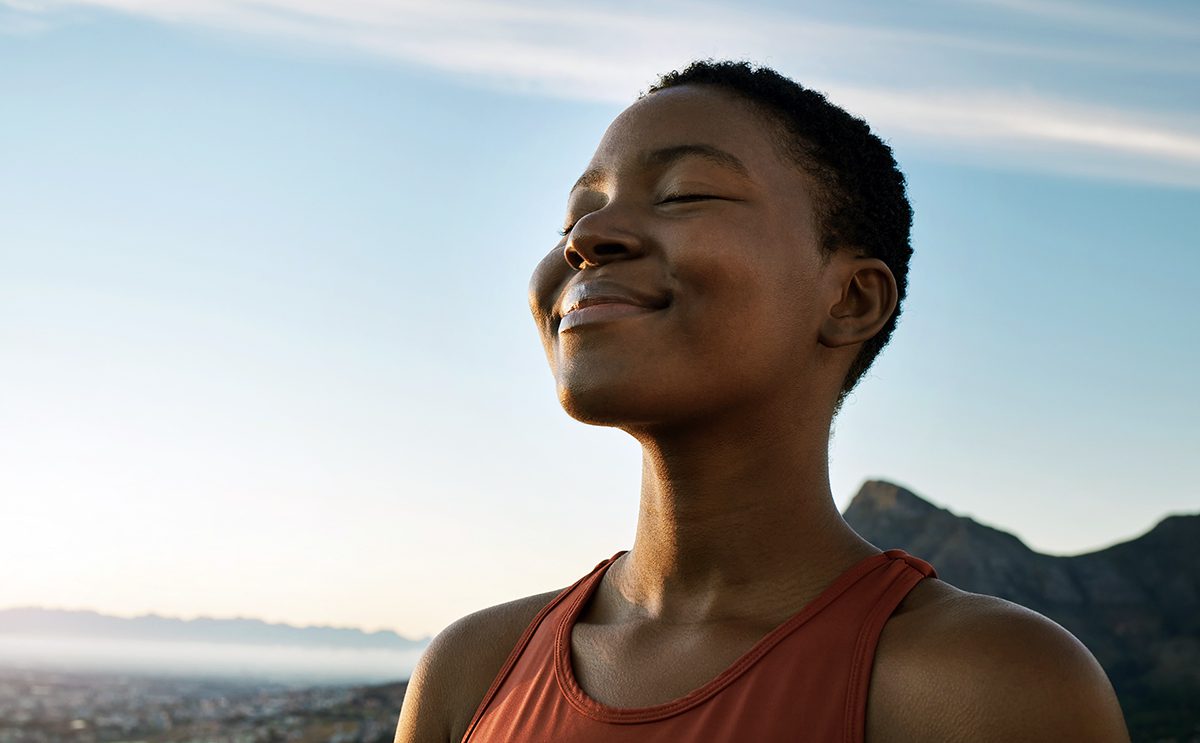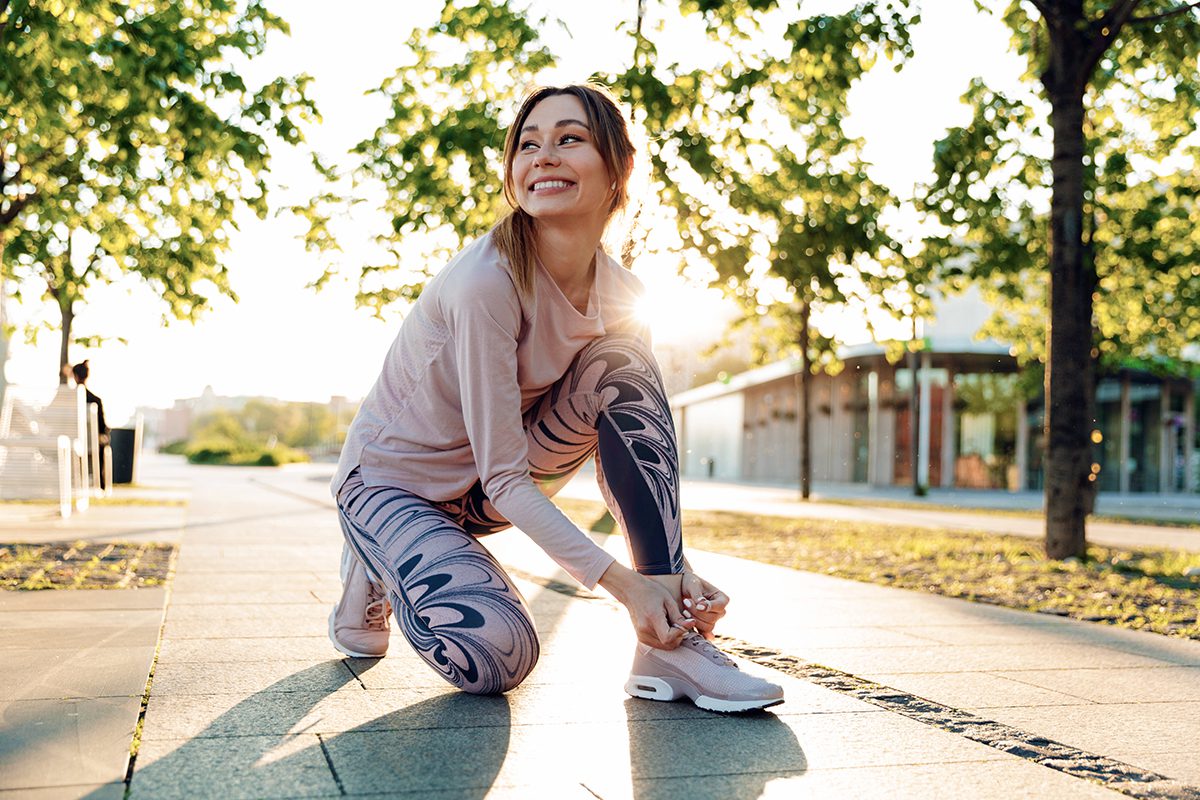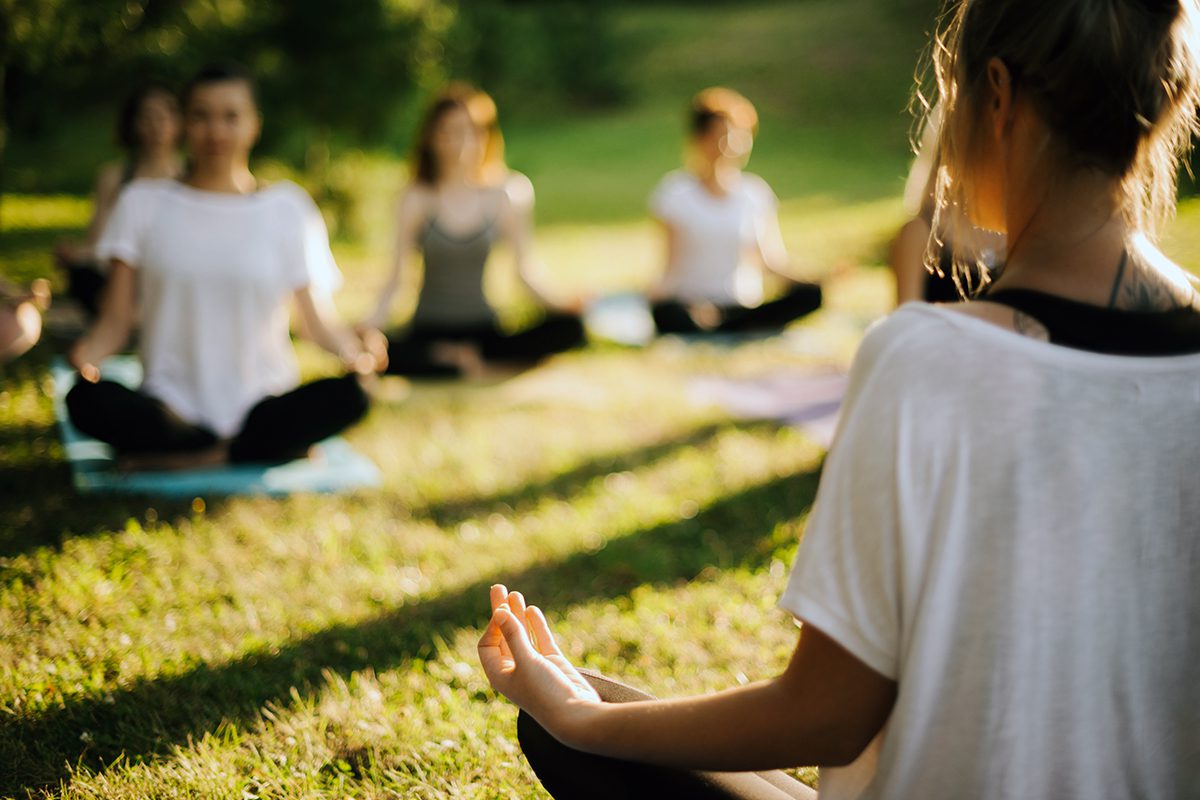The Benefits of Exercise in Addiction Recovery
It’s no secret that exercise makes you feel good. Exercise helps build physical strength and endurance, is a natural mood booster, helps regulate weight, protects against disease, and improves sleep, among other benefits. But science is increasingly showing that exercise also has demonstrably useful effects in addiction recovery as well.
Animal studies at the Brookhaven National Laboratory and elsewhere have shown that cocaine-addicted rodents with access to exercise wheels self-administered less cocaine than addicted rodents who did not have access to an exercise wheel. These findings, and other similar studies, indicate that the same dopamine pathways in the brain that are stimulated with substance use are activated with exercise as well. This means that exercise may effectively be used as a replacement therapy in substance abuse treatment programs.
Exercise, Mental Health and Substance Use
Research has shown that, in general, there are higher rates of mental health issues in people struggling with substance use disorders (also known as dual diagnosis), and people with anxiety and depression, in particular, are often at higher risk of falling into substance abuse. Exercise may be particularly beneficial for this group because, according to a paper in the International Journal of Mental Health and Addiction titled, The Potential Role of Physical Exercise in Addiction Treatment and Recovery: The Social Costs of Substance Misuse, “a tremendous body of evidence with both general and clinical populations has begun to show that exercise can be just as effective as psychotherapy in the treatment of these two conditions [anxiety and depression], and as effective as pharmacological interventions in the particular case of depression.”
The paper cites a number of theories as to why exercise may be so effective in helping this subset of dual diagnosis patients who struggle with alcohol abuse, in particular. As noted above, exercise may stimulate the same dopaminergic networks in the brain that are affected by alcohol; it may relieve the depression and anxiety symptoms that lead to alcohol consumption; and it may reduce stress and improve feelings of self-efficacy, among others. Additionally, joining a community of people who exercise together may help build a healthy support network and social system that is necessary for recovery.
Exercise is Helpful in Recovery, But Getting Started Can Be Difficult – Especially for Women
Whether or not we are in recovery, most of us know that exercise is good for us, but most of us also know how hard it can be to get started and stick with a consistent exercise routine. But considering all of the benefits it provides, finding a way to incorporate regular exercise into our lives is well worth the effort. Unfortunately, women sometimes have a harder time exercising consistently because of pressure related to unrealistic body standards, self-confidence, and safety fears when exercising alone. However, finding a way to problem solve for these concerns and issues is worth it for the health benefits that exercise can bring – for all women, but especially for women in recovery.
With these concerns in mind, here are some ways to make adding daily exercise into your life a bit easier:
Pick an Activity You Feel Comfortable Doing
Are you a people person who thrives on the energy of others to get motivated? If so, you may enjoy a class or gym environment where the activity and buzz of other people feels inspiring and helpful. But if you are more of an introvert who enjoys your time alone, you may feel self-conscious exercising around others. If this is the case, you might prefer working out on your own or with just one or two exercise partners. Either way, understanding your own comfort boundaries can help you select an exercise environment and type that feels good and is not intimidating or anxiety-inducing.
Choose Exercise Clothing You Feel Comfortable Wearing
For women, in particular, feeling comfortable and secure while exercising is an important factor in whether or not we participate. In fact, a recent study out of the United Kingdom sought to examine the reasons why, by age 14, only 10% of girls met standards for physical activity. Referencing historical data, it stated that the gap in physical activity between boys and girls began by the age of five years, and one of the main reasons for this disparity over time is the sexualization of girls in sports and the overly sexualized uniforms girls were made to wear. That’s why it’s so important to choose exercise clothing you feel comfortable wearing – if you like leggings and a form-fitting tank top, that’s great. But if you want to wear something looser, that’s ok, too. Whatever you decide to wear, just be sure it won’t inhibit movement or become a tripping hazard.
Exercise in an Environment Where You Feel Safe
Do you love to run, hike, or bike outdoors but are afraid of being attacked or harassed? You’re not alone. A survey cited in Shape magazine states that 34% of women feel afraid while exercising alone. Unfortunately, a lot of women stop exercising because of fears for personal safety and because of feeling intimidated or fearful of working out around others at the gym. Some of the ways women can feel safer/more comfortable while exercising include:
- Exercise with a buddy.
- Tell someone your route and when you will be done.
- Carry pepper spray or other self-protection devices.
- Bring your dog along.
- Make sure you can hear what is going on around you.
- Plan your route in more populated areas.
Stay Away from Social Media with Unrealistic Body Standards
A recent study out of Australia cited on nationaleatingdisorders.org, found that spending just thirty minutes on social media “’make women fixate negatively on their weight and appearance,’ according to The New York Post. Additionally, the participants displayed dissatisfaction about their own bodies after looking at “fitspo” images and idolized celebrities.” Body dissatisfaction can lead to depression, anxiety, disordered eating and unhealthy exercise habits. Further, it’s important to remember that these unrealistic body standards are unrealistic even for the people in the fitspo images, many of which are altered with filters that make them look way different than they do in real life.
Mare’s House Promotes Exercise for Health and Wellness in Recovery
Here at Mare’s House, our residents often also have disordered eating as a co-occurring disorder. Because of this, we provide ample exercise opportunities in tandem with nutrition counseling, cooking classes, and behavioral therapy when necessary to help promote holistic well-being. Our physical fitness offerings include surf therapy, meditation and yoga classes, and women empowering classes that include physical conditioning and self-defense. Mare’s House has on-site exercise equipment, and we provide regular opportunities for outdoor excursions including hiking, walking, biking, swimming, running, and skateboarding.
We encourage our residents to develop healthy exercise habits and build support networks that will help them maintain these habits after they leave. We understand the challenges particular to women when it comes to exercise, body image, fear and trauma, and we address these challenges and work with our residents to overcome them in order to develop healthy lifestyles worth protecting throughout the recovery journey.








